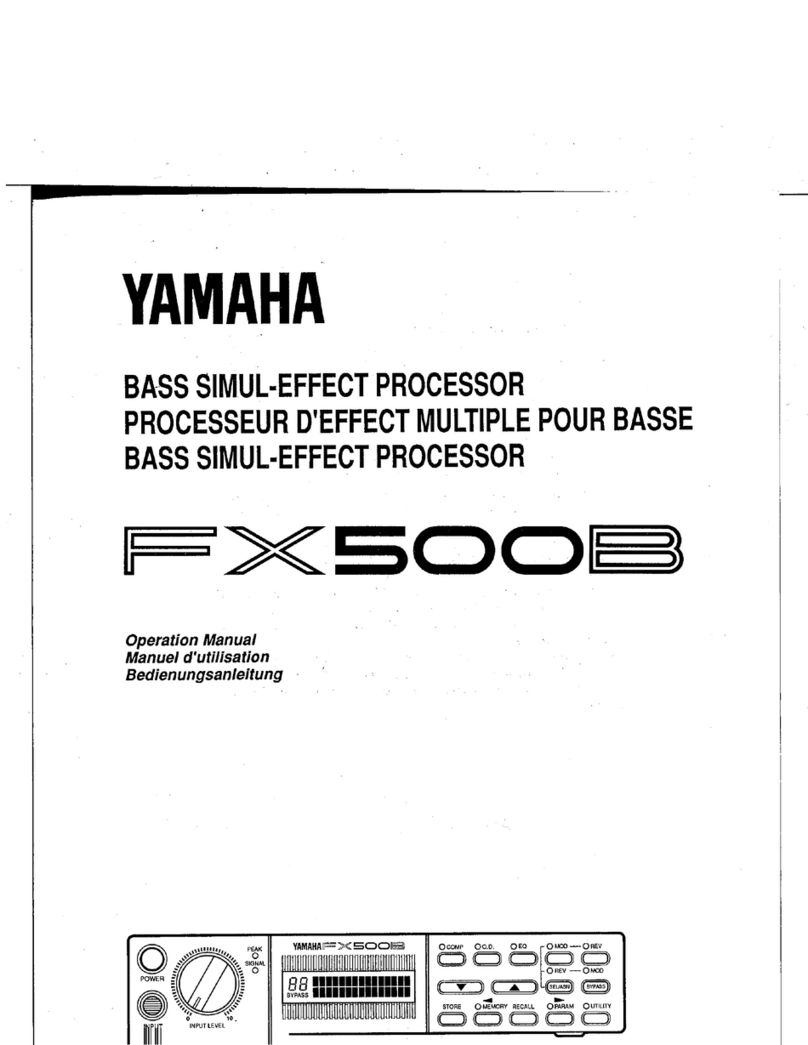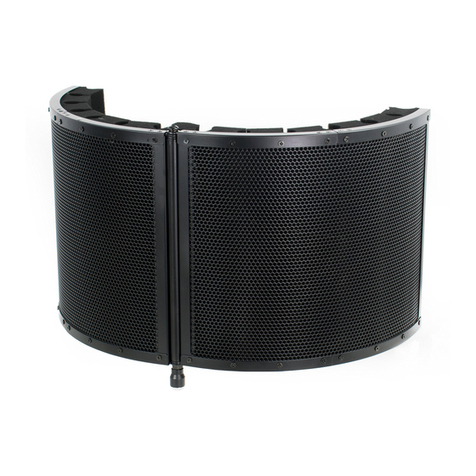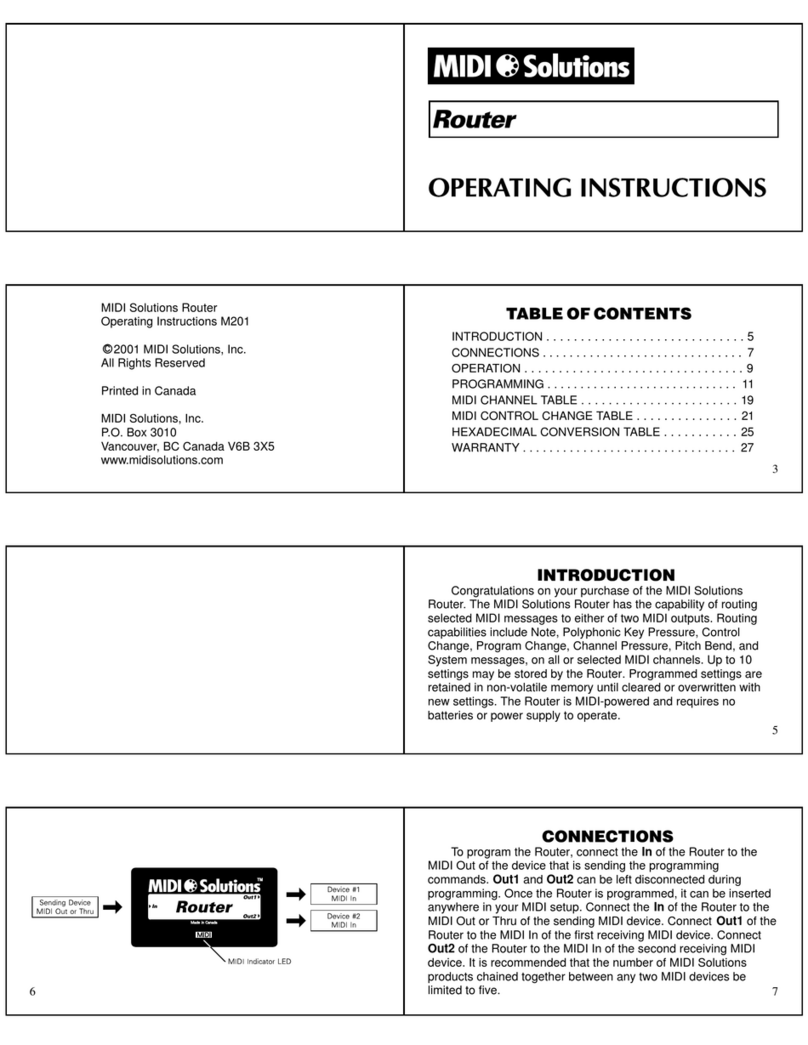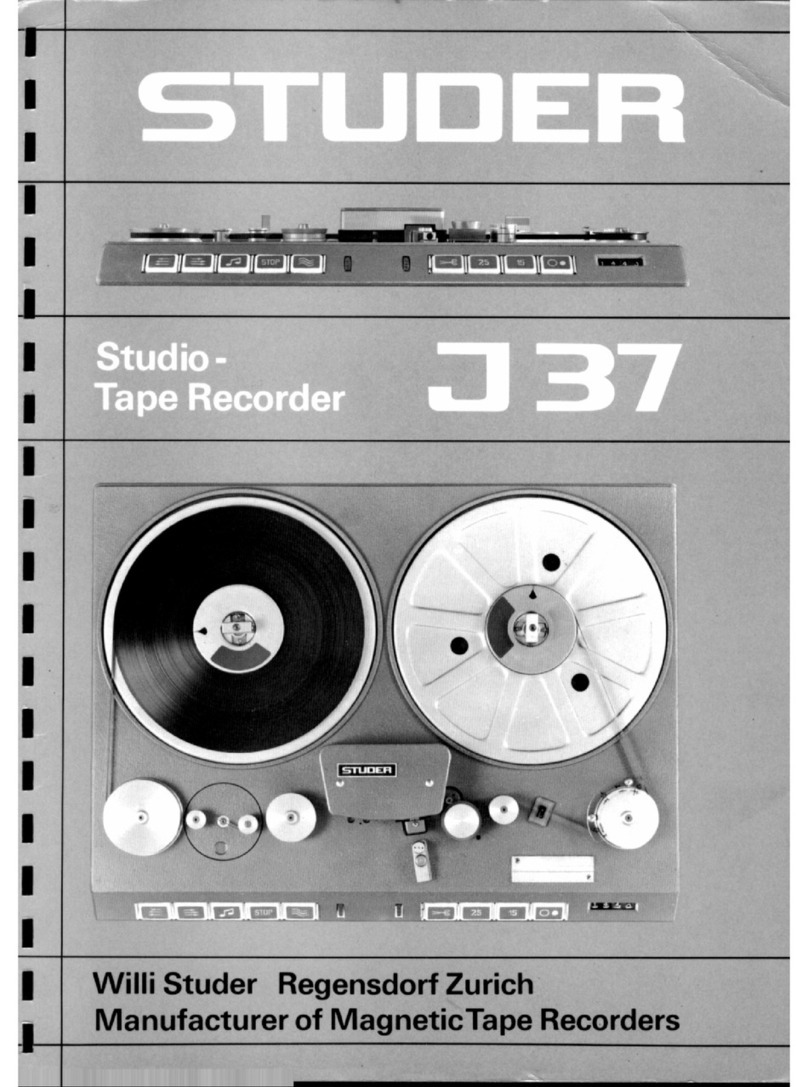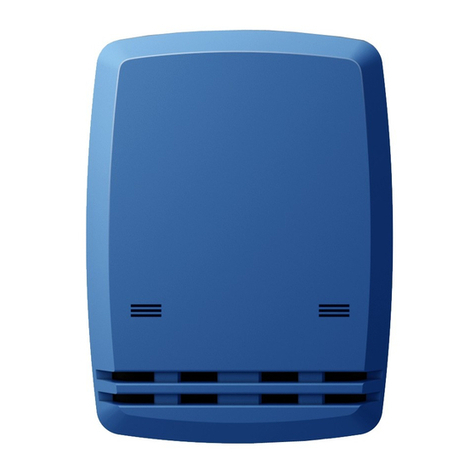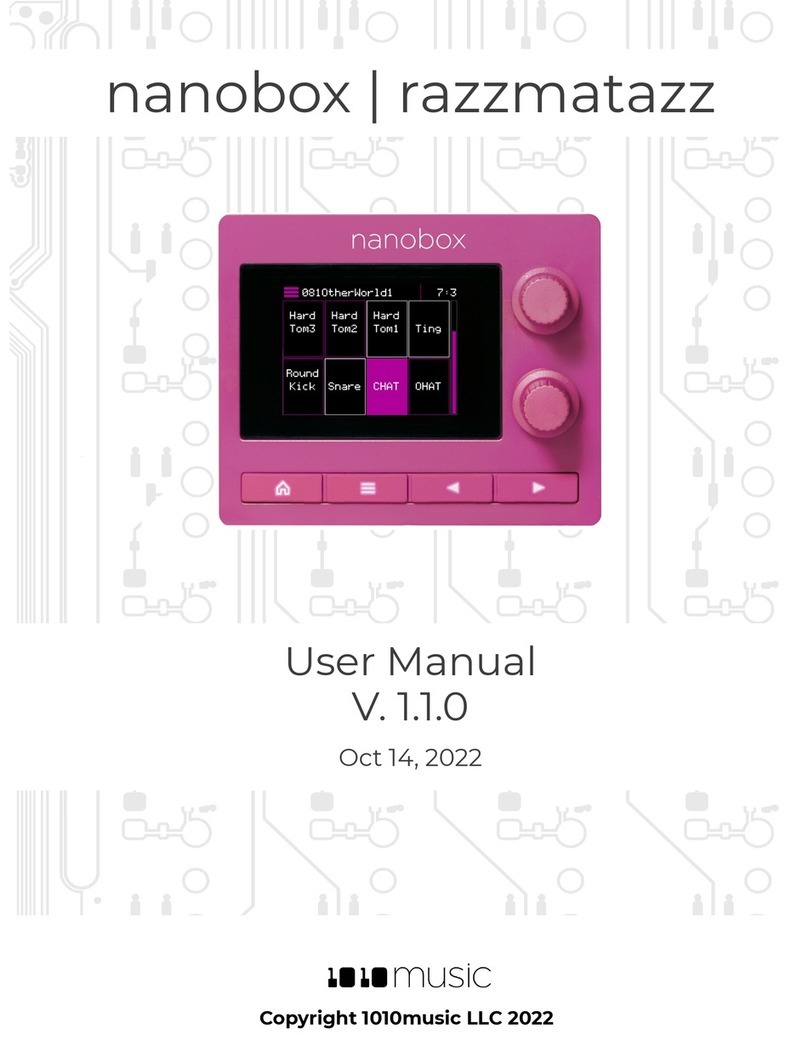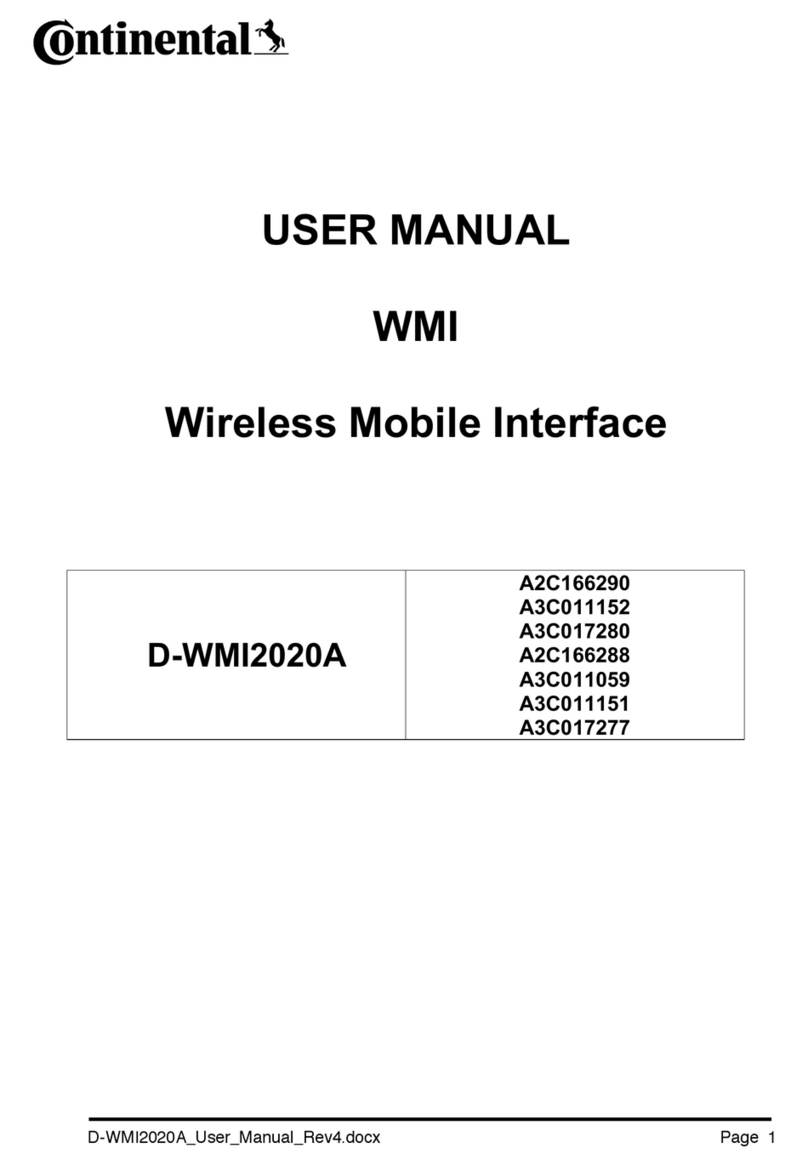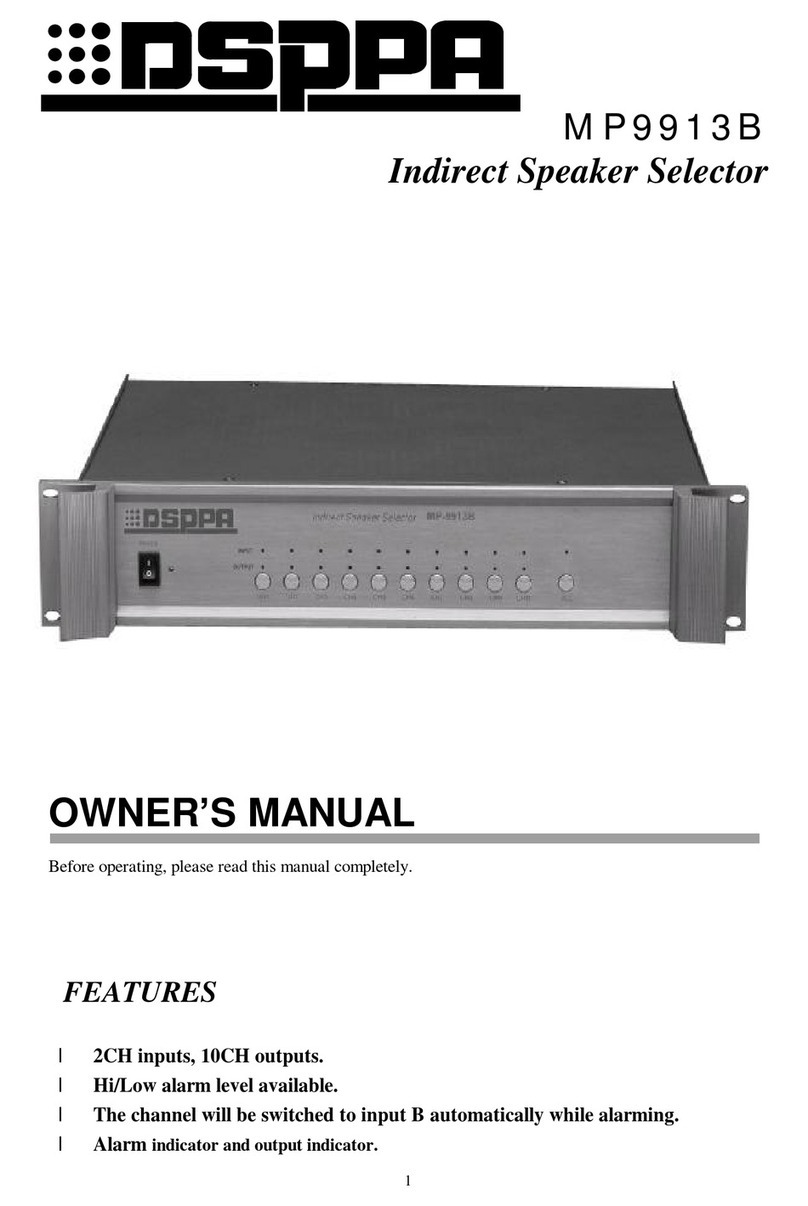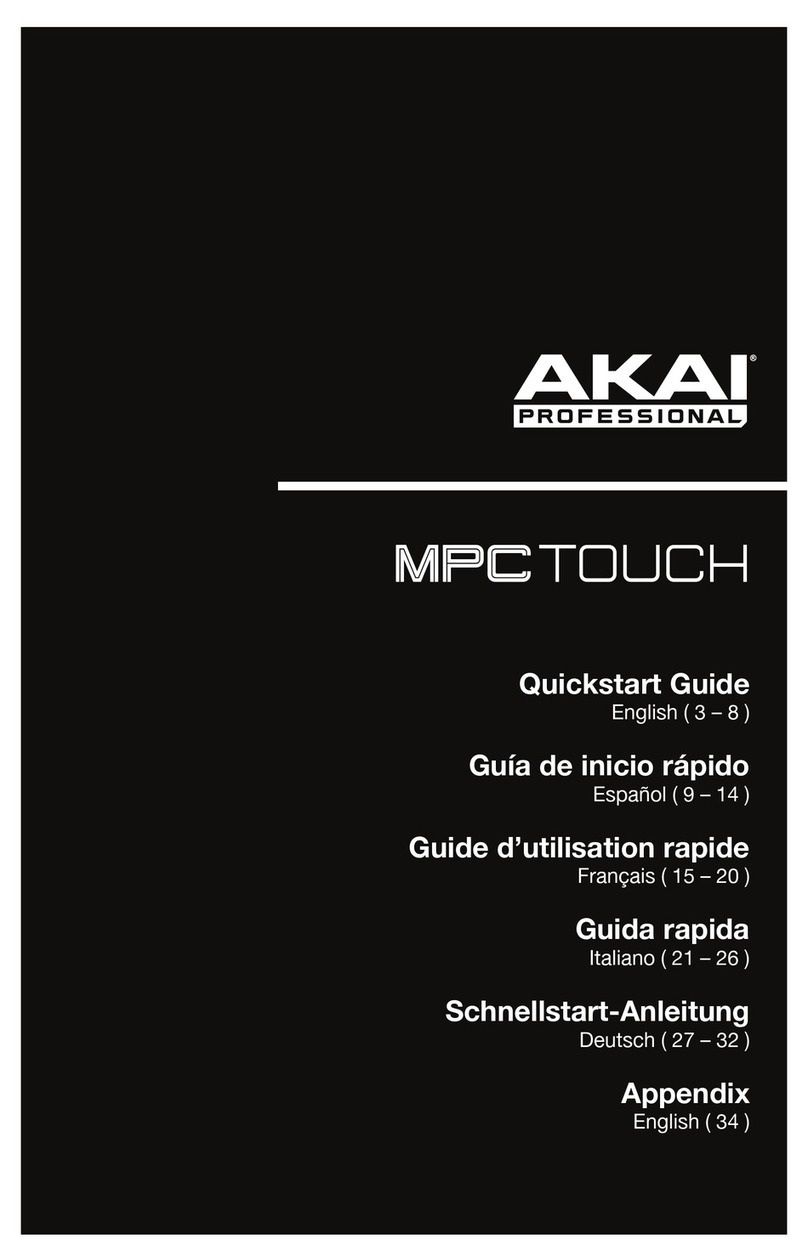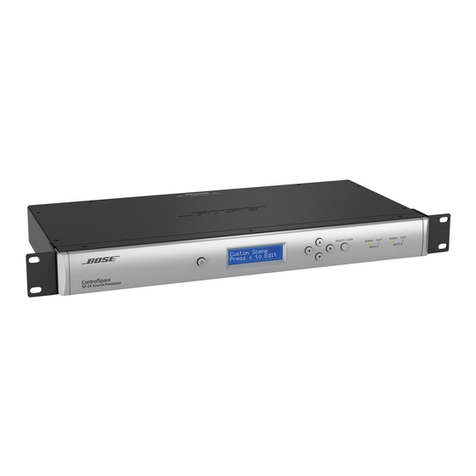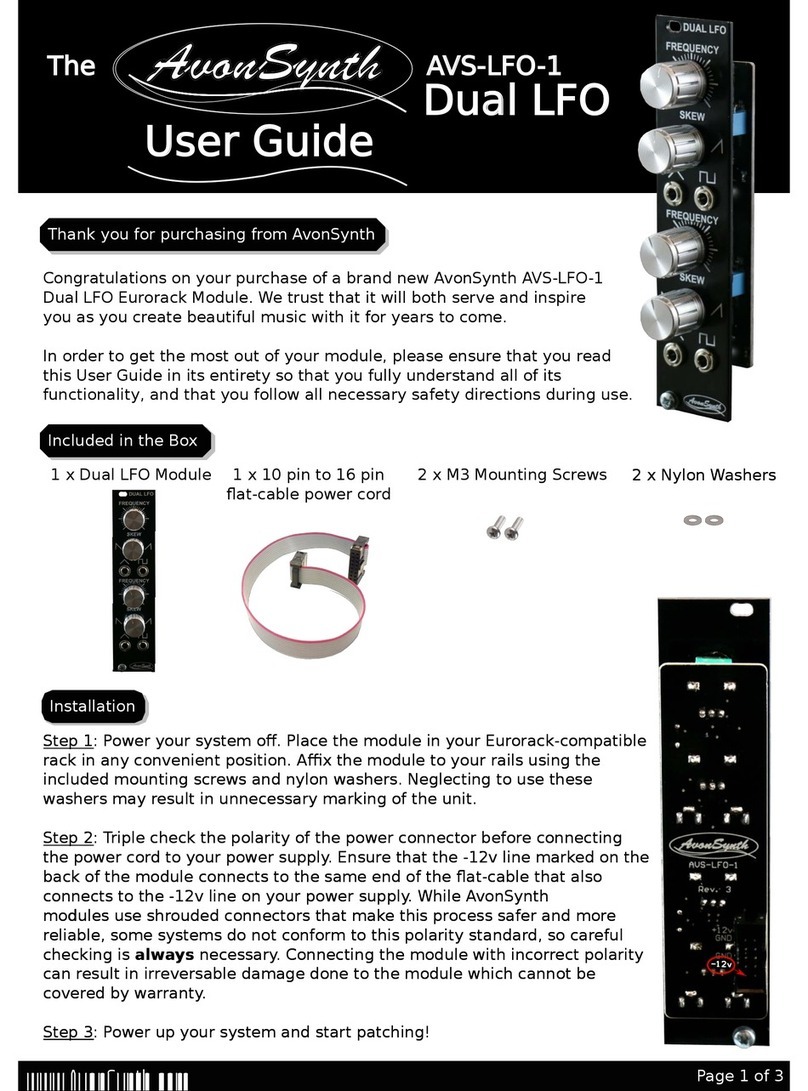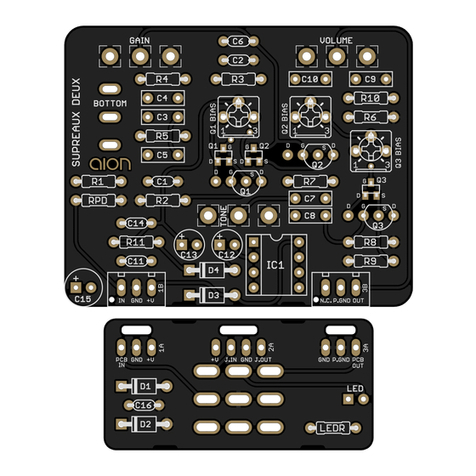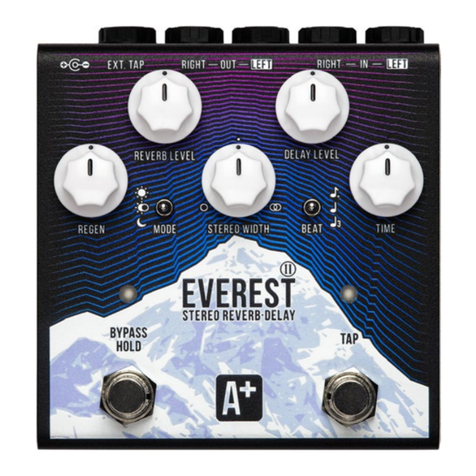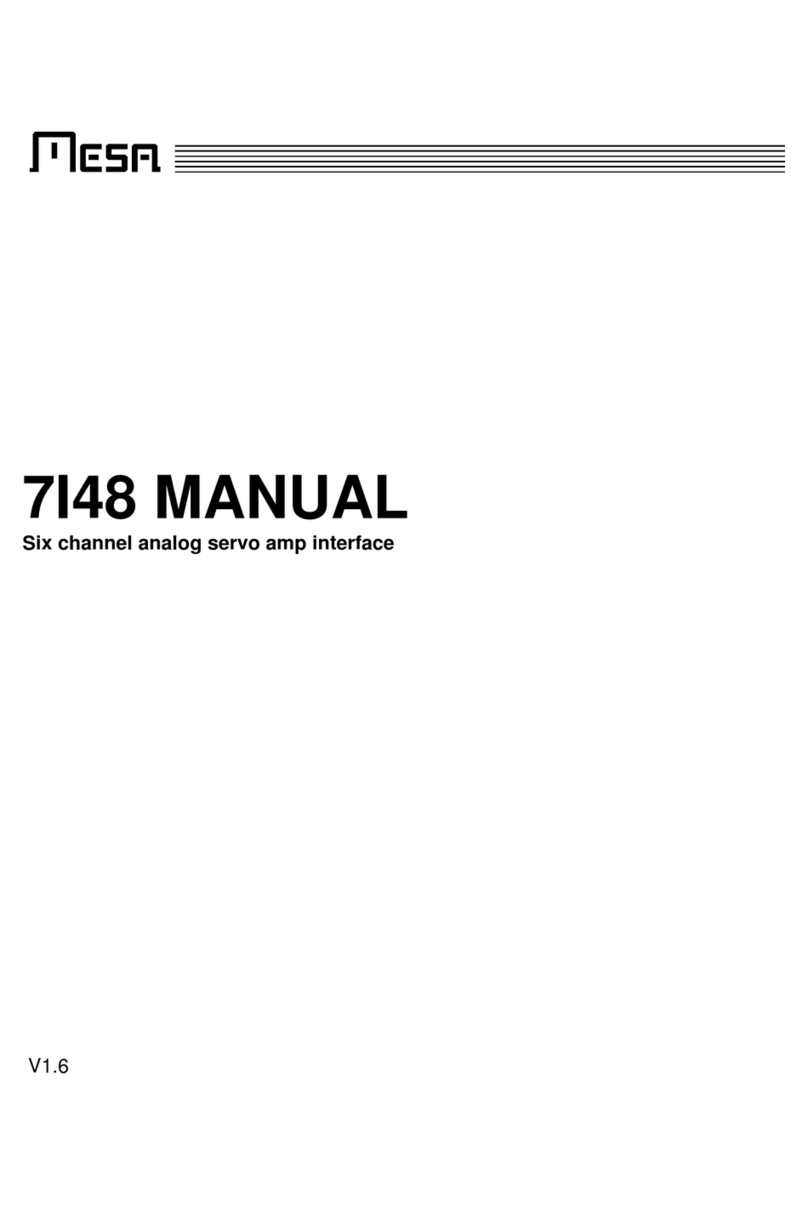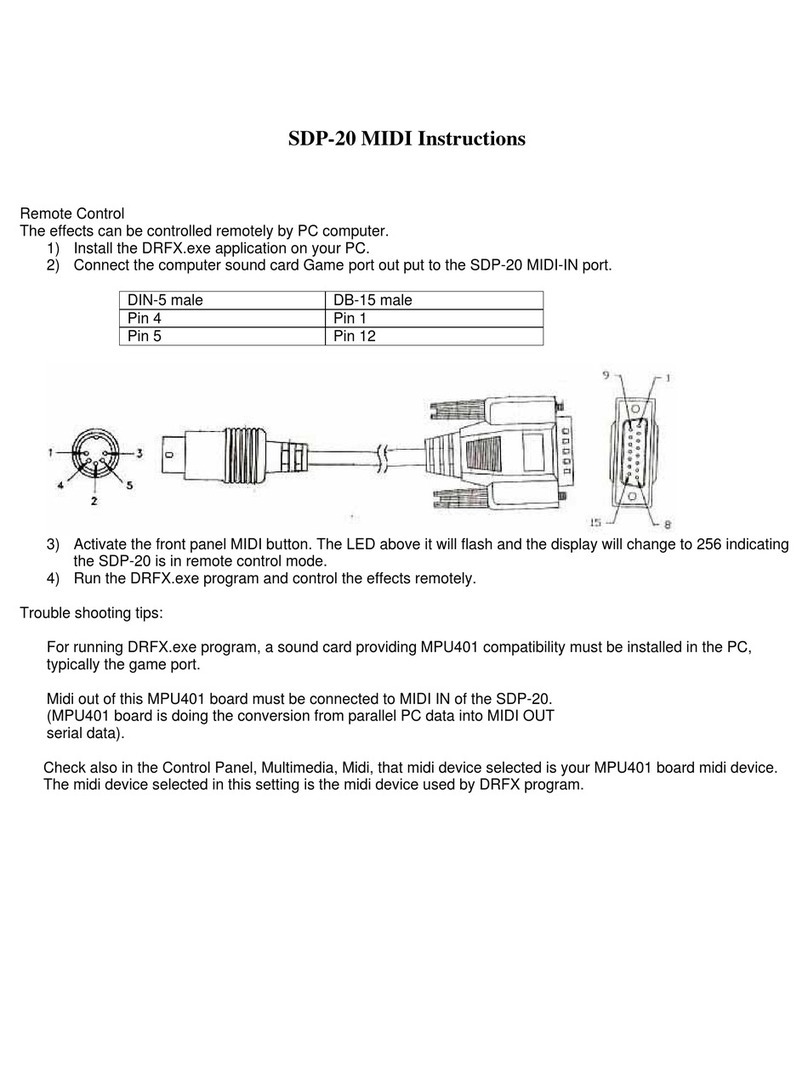Gantner Q Series User manual

Manual
ARINC 429 interface
Version no. 1.0

2
Q.series
Gantner Instruments
© 2017 Gantner Instruments
Operating instructions, manuals and software are protected by copyright.
Copying, duplicating, translating, conversion into any electronic medium or
into machine readable form, completely or partially, is only permissible
with the expressed consent of Gantner Instruments. An exception is the
making of a copy of software for one's own use for backup purposes, where
this is technically possible and recommended by us. Infringements will be
pursued in law and will be subject to compensation claims.
All trademarks and brand names used in this document only indicate the
respective product or the proprietor of the trademark or brand name. The
naming of products which are not from Gantner Instruments is made
exclusively for informative purposes. Gantner Instruments makes no
claims on trademarks or brand names other than its own.
Version no. 1.0

3
Version no. 1.0
Released February 12, 2018
Table of Contents
1
Safety Information 4
1.1
Intended use 4
1.2
Checking for damage in transit 4
1.3
Personnel 4
1.4
Siting locations 5
1.5
Modifications 5
1.6
Servicing and cleaning 5
1.7
Disposal 6
1.8
General hazards due to non-observance of the safety information 6
2
Labels and warning information 7
2.1
Warning information 7
2.2
Labels on the modules 7
2.3
Labels in this manual 7
3
Introduction 8
4
Prerequisites 9
4.1
Interface to the ARINC 429 avionics data bus 9
4.2
About this manual 9
4.3
Minimal system requirements 9
5
ARINC 429 plugin setup 10
5.1
Activate Q.station plugin support 10
5.2
Installing the plugin 10
6
ARINC 429 plugin configuration 12
6.1
Plugin configuration interface 12
6.2
Configuring the ARINC 429 plugin 12
6.3
Configuring the ARINC 429 Rx channels 13
6.4
ARINC 429 data types 15
6.4.1
BNR data decoding 15
6.4.2
BCD data decoding 16
6.4.3
Raw 16

4
Q.series
Gantner Instruments
1
Safety Information
Before starting installation, setting up, operation and before maintenance
work is carried out, it is essential to read and follow the appropriate
warning and safety information given in this manual.
Installation, setting up, operation and maintenance of the modules or
devices must take place as intended, i.e. under the conditions of use laid
down in this manual and in the technical data for the relevant module or
device.
1.1
Intended use
The products in the Q.series range are intended for use in industrial and
experimental test engineering and for monitoring assembly and
production processes. Transducers (sensors) for the acquisition of physical
quantities such as voltage, current, resistance, temperature, force,
displacement, torque, mass, strain and pressure can be connected. The
modules are used exclusively for these kinds of measurement and control
applications. Any application which goes beyond this scope does not fall
within the intended use of the modules.
To ensure safe operation the modules and devices must only be operated
according to the details given in the manuals and technical data sheets. In
addition, the required legal and safety regulations covering the respective
application must be followed.
1.2
Checking for damage in transit
On receipt of the goods visually check that the packaging and the module
or device together with the data medium are intact. Also check the
shipment for completeness (accessory parts, documentation, auxiliary aids,
etc.). If the packaging has been damaged in transit or if you suspect that the
product is damaged or may mal- function, the product must not be put into
operation. In this case contact your customer consultant or Gantner
Instruments.
1.3
Personnel
The installation, operation and maintenance of the modules or devices
must only be carried out by competent persons. Competent persons are
those who through their professional education have sufficient knowledge
in the required field and are familiar with the relevant national
occupational protection regulations, accident prevention regulations,
guidelines and accepted engineering rules. They must be able to reliably
assess the results of their work and must be familiar with the contents of

5
Version no. 1.0
Released February 12, 2018
this manual. Electrical connections must only be carried out by specialist
personnel trained for the task.
In particular, pay attention to the following:
The national installation and erection regulations (e.g. ÖVE, VDE, etc.).
Generally accepted engineering rules.
The details on transport, installation, operation, servicing,
maintenance and disposal in this manual.
The parameters, limits and the details about the operating and ambient
conditions on the name-plates and in the data sheets.
1.4
Siting locations
The devices in the Q.series range are protected to IP 20 against water, dirt
and small parts. If the ambient conditions require it, the modules can be
fitted in water-protected or watertight housings.
Please note the admissible ambient temperatures specified in the technical
data.
1.5
Modifications
Making modifications to the modules or devices is not permitted. Dirt and
shrouding covers may only be removed for service and maintenance
purposes.
1.6
Servicing and cleaning
The modules or devices do not need any servicing. Cleaning may only take
place in the voltage-free state. Therefore, follow the points below:
Before cleaning, disconnect all connectors.
Clean the housing with a soft, slightly moistened cloth. Never use any
solvents, because these may attack the labels.
When cleaning, make sure that no liquid enters the device or goes
onto the terminals.
Never attempt to repair nor to again operate devices which are defective,
have developed a fault or are damaged. In this case it is essential to contact
your customer consultant or Gantner Instruments.

6
Q.series
Gantner Instruments
1.7
Disposal
Old devices which are no longer usable must be disposed of according to
national and local regulations regarding environmental protection and
raw-material recycling. Electronic components must not be disposed of
with the household refuse. The packaging can be recycled and should
therefore be passed into the recycling system. However, we recommend
that the packaging is kept until the end of the warranty period so that you
can pack faulty devices or modules properly.
1.8
General hazards due to non-observance of the
safety information
The modules or devices conform to the state of the art and are
operationally safe. However residual risks may arise when they are used
and operated improperly by untrained personnel.
Any person commissioned with the task of siting, operating, servicing or
repairing a module or device in the Q.series must have read and
understood the operating manual and in particular the information
relating to safety.

7
Version no. 1.0
Released February 12, 2018
2
Labels and warning
information
2.1
Warning information
To prevent damage to property it is essential that you follow the warning
information given in this operating manual.
Indicates a situation in which the consequence may be property
damage if the information is not followed.
2.2
Labels on the modules
Symbol:
Meaning: This symbol is the CE marking. This shows that we guarantee
that our product meets the requirements of the relevant EC directives.
2.3
Labels in this manual
To simplify reading this manual we use the following labels and notation:
IMPORTANT
Paragraphs with this symbol give important information about the product
or about using the product.
Tip
Contains application hints and other particularly useful information.
italics signifies highlighted text
interface signifies entries and entry fields in program user interfaces
Options indicates menu items in the program user interfaces
> signifies a sequence of menu items, e.g. Options > Settings
➡ indicates special features or restrictions

8
Q.series
Gantner Instruments
3
Introduction
Dear Customer,
Thank you for purchasing a Q.series product from Gantner Instruments.
We are sure that you have obtained an excellent product, which will enable
you to make fast and reliable measurements with low measurement
uncertainties.
If you find faults on the product or errors in the accompanying
documentation or if you have suggestions for improvement, please contact
your customer consultant or Gantner Instruments directly. We would be
glad to receive your comments and ideas.
You will find further information in the section Technical Information in
our wiki at https://dev.gantner-instruments.com/dokuwiki/. The user
name is support and the password is gins (not all sections are open to the
public).
Austria Gantner Instruments GmbH
Montafonerstr. 4
6780 Schruns/Austria
Tel.: +43 (0) 55 56 77463-0
Fax: +43 (0) 5556 77463-300
E-mail: office@gantner-instruments.com
Web: www.gantner-instruments.com
Germany Gantner Instruments Test & Measurement
Heidelberger Landstr. 74
64297 Darmstadt
Tel.: +49 (0) 6151 95136-0
Fax: +49 (0) 6151 95136-26
E-mail: testing@gantner-instruments.com
Web: www.gantner-instruments.com

9
Version no. 1.0
Released February 12, 2018
4
Prerequisites
4.1
Interface to the ARINC 429 avionics data bus
The ARINC429 Specification defines the standard requirements for the
transfer of digital data between avionics systems on commercial aircraft.
ARINC429 is also known as the Mark 33 DITS Specification. Signal levels,
timing and protocol characteristics are defined for ease of design
implementation and data communications on the Mark 33 Digital
Information Transfer System (DITS) bus.
With the ARINC 429 plugin (GInsARINCPlugin) you can connect a Q.series
system to an ARINC 429 avionics data bus. The GInsARINCPlugin is an
extension that adds support for the AIM ASC429-x USB 2.0 SmartCable™ to
the Q.station.
Figure 4-1 AIM ASC429-x USB 2.0 SmartCable™
Input channels from the ARINC 429 data bus can be written to the
Q.station’s virtual variables, which allows for recording and sampling
ARINC bus data in conjunction with Q.series measurement data.
4.2
About this manual
This manual describes the setup, configuration and operation of the
GInsARINCPlugin using the test.commander and GI.monitor software
programs. The general setup and operation of your system is described in a
separate manual.
You will find this manual also as a PDF file on our website page
www.gantner-instruments.com.
4.3
Minimal system requirements
Q.station, Q.raxx station or Q.brixx station
Q.station firmware 2.11 B04 or later
GI.monitor version 1.2 or later

10
Q.series
Gantner Instruments
5
ARINC 429 plugin setup
5.1
Activate Q.station plugin support
Before installing the plugin activate the plugin support in the settings of
your Q.station (Settings > General > Plugins).
Figure 5-1 Configuration Dialogue for activating plugins
5.2
Installing the plugin
The GInsARINCPlugin is part of the plugins firmware package within the
Q.station firmware release package. The installation of the plugin is done
with the Firmware Update Tool. Select the firmware package gins-plugin-
arinc and perform the following update process.
1. Start the Firmware Update Tool (GinsFirmwareUpdateTool.exe)
2. Select your Q.station from the list or enter the connection information
manually (password is only required if a custom password is set) and
click Update.
3. Select the package archive containing the plugin packages.
4. After the Firmware Update Tool reports successful connection and
loading of the firmware package, click Packages to select the gins-
plugin-arinc firmware package.
Figure 5-2 GIns Firmware Update Tool

11
Version no. 1.0
Released February 12, 2018
5. As shown in Figure 5-3, any plugin package can be selected or de-
selected in the Used column. Click OK and then Start Update to install
(or update) the selected firmware packages.
Figure 5-3 Gins Firmware Loader
The SearchPattern field can be used to filter the package list. All
selected packages will be installed (or updated) and all not selected
packages will be uninstalled when clicking Start Update, even if they
are filtered out in the list view.

12
Q.series
Gantner Instruments
6
ARINC 429 plugin
configuration
6.1
Plugin configuration interface
The plugin comes with a uniform XML-RPC configuration interface. This
enables usage of a generic configuration interface for any kind of plugin
without knowledge of plugin-specific parameters.
The XML-RPC configuration interface (on the Q.station called Device-API)
can be accessed via Ethernet (HTTP) using GI.monitor, which is a generic
graphical user interface for Device-API. The plugin configuration interface
saves all parameters to an XML file, which is loaded when starting your
Q.station.
Tip
It is possible to develop your won plugin configuration interface using C++
or C# (API code available upon request).
6.2
Configuring the ARINC 429 plugin
Start GI.monitor (for the default installations GI.monitor can be found in:
C:\Program Files (x86)\Gantner Instruments\test.monitor\).
1. To connect to the plugin, enter the Server Address (IP address of
your Q.station), set the Server Port to 1200 and click Connect.
Tip
If you do not know the IP address of your Q.station, use the Search button
to find all Q.stations connected to your network.

13
Version no. 1.0
Released February 12, 2018
2. From the Route dropdown list select /GinsARINCPlugin and click
Reload.
3. Under GInsARINCPlugin > PluginAPI select Configure to show the
available plugin configuration options.
6.3
Configuring the ARINC 429 Rx channels
4. In the Frequency field specify the rate at which the ARINC 429 data is
transmitted. Transmission rates may be at either 12.5 kHz (low
speed) or 100 kHz (high speed).

14
Q.series
Gantner Instruments
5. Add the number of ARINC words by clicking the OutputVariables
/
buttons.
6. For each ARINC word the following parameters must be set.
Channel Specify the channel for receiving data from your ARINC device.
IMPORTANT
When using the AIM ASC429-12, channels 1 - 4 are allocated for
transmitting data and channels 5 - 12 are for receiving data. The
GInsARINCPlugin currently support Rx channels only.
GIns__VariableName Name of the Q.station’s virtual variable to write the ARINC word to. For
more information about creating virtual variables, please refer to your
Q.station manual.
Label The label is used to identify an ARINC 429 word on the data bus. Each label
must be unique, although labels do not need to be listed in a consecutive
order in GI.monitor. The label must be represented as a three octal digits
number (for example 273).

15
Version no. 1.0
Released February 12, 2018
Bits 1-8 contain the ARINC label known as the Information Identifier. The
label is expressed as a 3 digit octal number with receivers programmed to
accept up to 255 labels. The label’s Most Significant Bit resides in the
ARINC word’s Least Significant Bit location.
Length The number of bits used to represent the data word (see also ch. 6.4).
Scale The scale factor used to decode the data word (see also ch. 6.4).
Type Identifies the way the data is encoded (see also ch. 6.4).
IMPORTANT
For the plugin to work correctly, all parameters must be filled. If one
parameter is missing, the Q.Station will show an error in the #actual.sta
file.
7. Click on Send to update the plugin configuration on the Q.station.
6.4
ARINC 429 data types
6.4.1
BNR data decoding
BNR or “bnr” decoding is a common ARINC data format. This type of
decoding simply interpreters the data as a binary number. Figure 6-1
shows the general BNR format.
Bit 29 is utilized as the sign bit with a 1 indicating a negative number (or
South, West, Left, From or Below). Bit 28 is then the data’s Most Significant
Bit (MSB), or ½ of the maximum value of the defined parameters scale
factor. Bit 27 is ½ the value of Bit 28 or ¼ of the scale factor. Bit 26 is ½ the
value of Bit 27 or 1/8 the scale factor and so on.
Figure 6-1 BNR Word Format
Type Set to bnr to decode ARINC words in binary format.
Scale Specify the scale factor (or range) for binary data decoding. The numeric
value is obtained by multiplying the scale factor by the ratio indicated by
each successive bit and adding them together.
Length Specify the number of bits used to represent the data (excl. sign bit).

16
Q.series
Gantner Instruments
6.4.2
BCD data decoding
BCD, or binary-coded-decimal, is also a common data format found in
ARINC 429. In this format, four bits are allocated to each decimal digit. A
general BCD word is shown in Figure 6-2. Its data fields contain up to five
sub-fields.
Figure 6-2 BCD Word Format
The most significant sub-field contains only the bits, so that its maximum
decimal value can be 7. If the maximum decimal value is greater than 7,
bits 29 through 27 are padded with zeros and the second sub-field
becomes the most significant.
Type Set to bcd to decode ARINC words in binary-coded decimal format.
Scale Specify the scale factor (or range) for binary coded decimal encoding. The
decoded value is multiplied by this factor (for example 0.1 or 100).
Length Specify the number of bits used to represent the data.
6.4.3
Raw
Use this type to read the raw data format without any decoding.
Type Set to raw to read ARINC words in raw format without decoding.
Scale Not used.
Length Not used.

17
Version no. 1.0
Released February 12, 2018
Subject to change in the course of further technical development.
© 2018 Gantner Instruments
Version no. 1.0
Released: February 13, 2018
Other manuals for Q Series
5
This manual suits for next models
1
Table of contents

